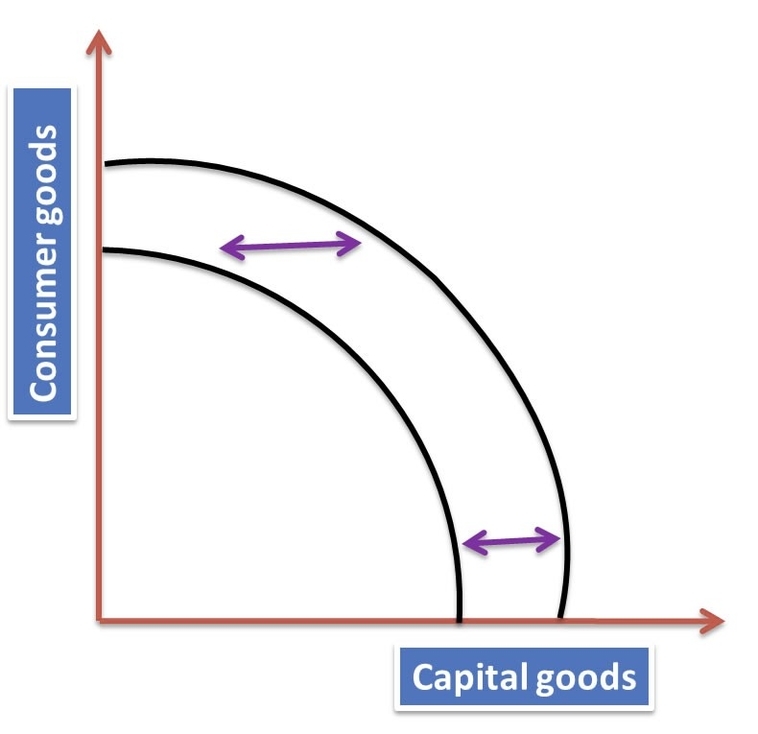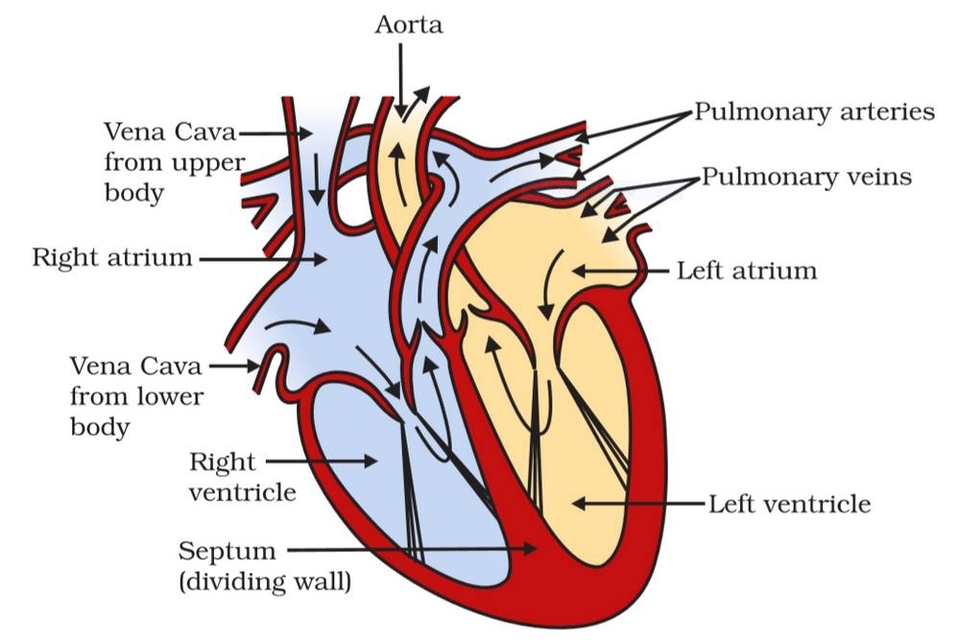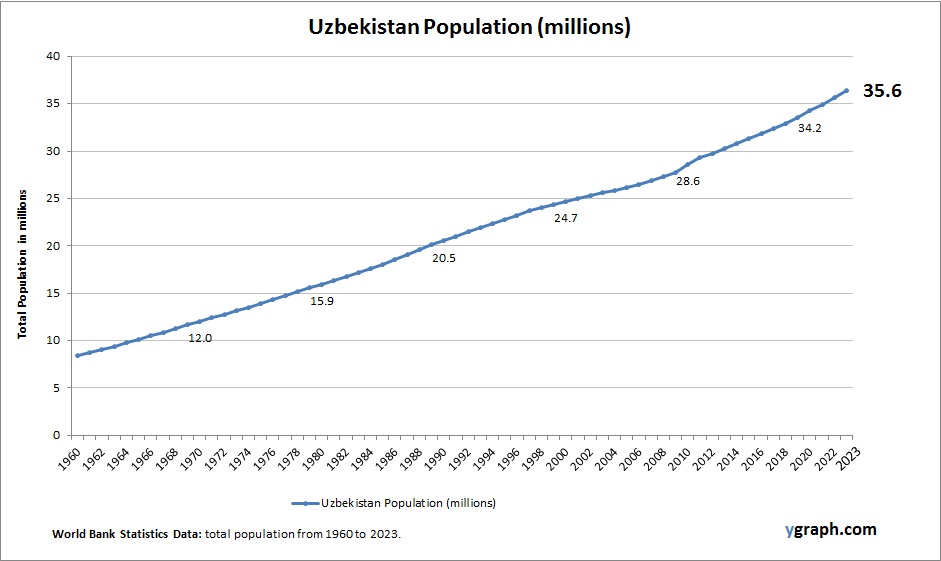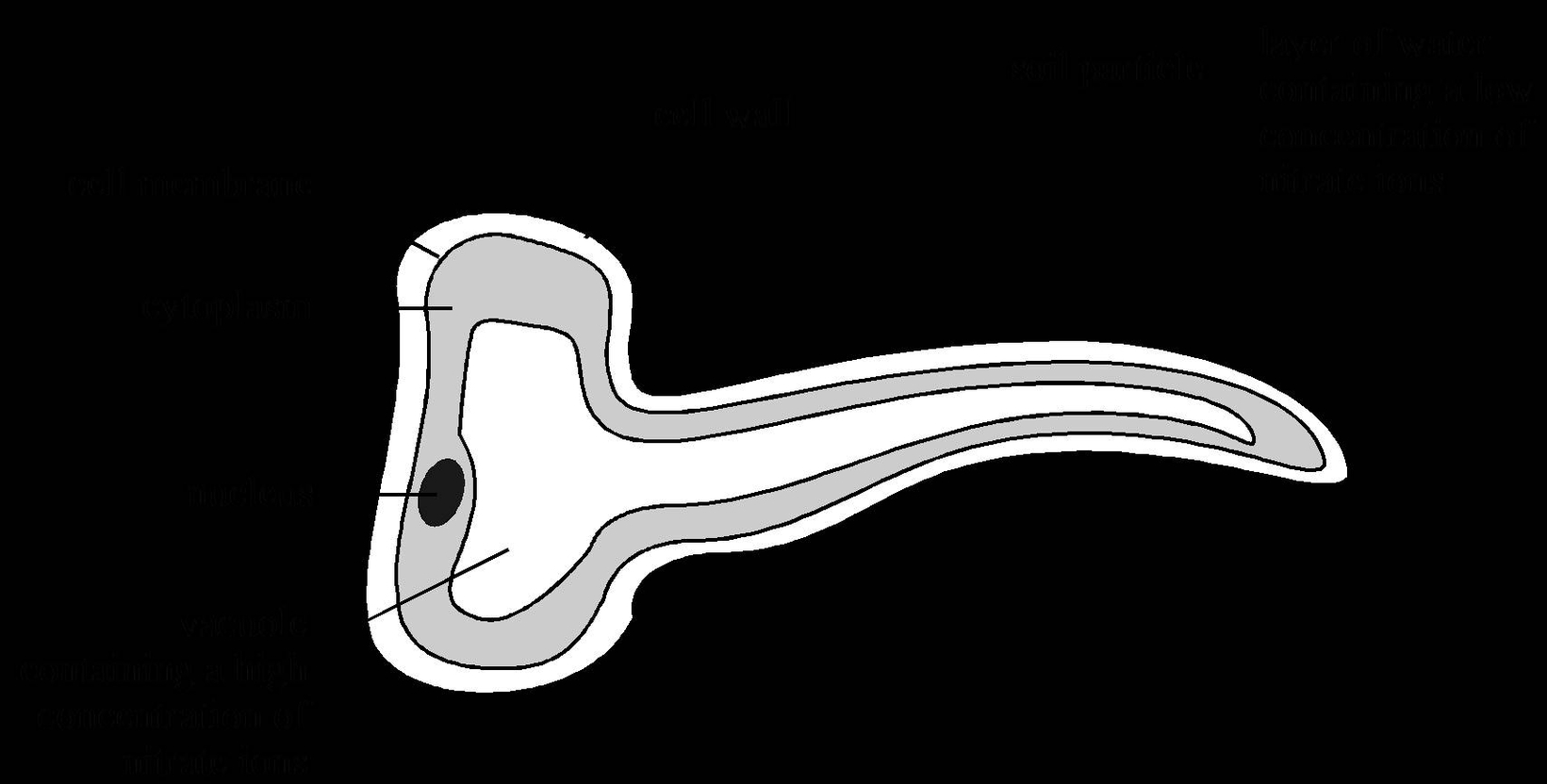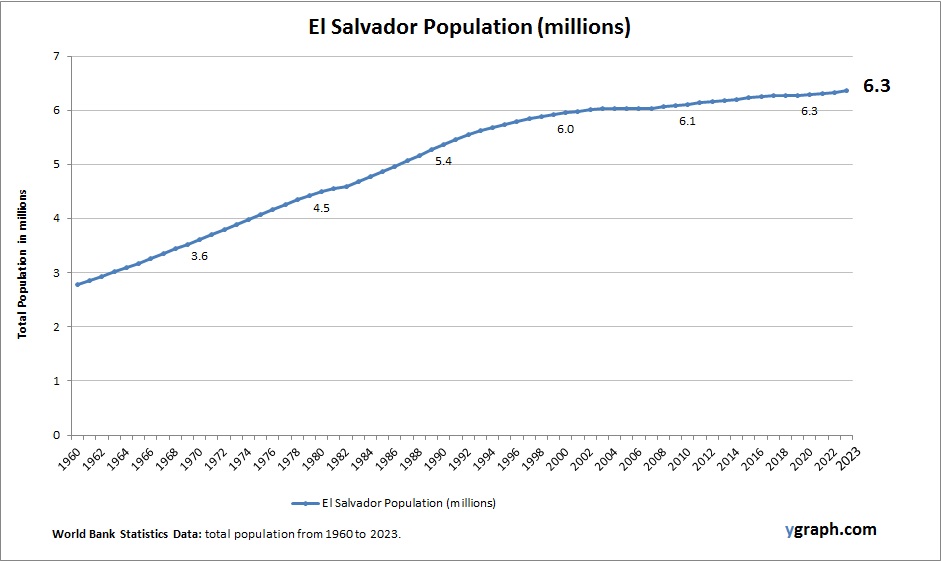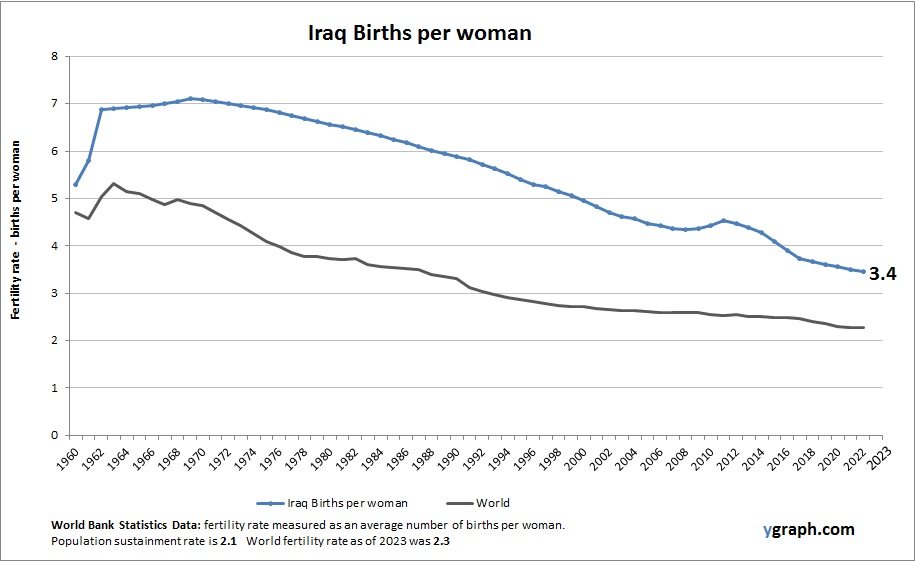Economic growth is the increase in the production of goods and services in an economy over time. It is commonly measured in terms of the increase in aggregated market value of additional goods and services produced, using estimates such as Gross Domestic Product (GDP) . Economic growth is an important macroeconomic objective because it enables increased living standards, improved tax revenues, and helps to create new jobs .
Economic growth can be achieved through various means, including increases in capital goods, labor force, technology, and human capital . Capital goods refer to physical assets such as machinery, buildings, and infrastructure that are used to produce other goods and services. Labor force refers to the number of people who are employed or seeking employment. Technology refers to the knowledge, tools, and techniques used to produce goods and services. Human capital refers to the knowledge, skills, and abilities of the workforce .
Economic growth can be measured in nominal or real terms. Nominal economic growth is the increase in the production of goods and services in an economy without adjusting for inflation. Real economic growth is the increase in the production of goods and services in an economy after adjusting for inflation .
Economic growth can be divided into four phases: expansion, peak, contraction, and trough . During the expansion phase, employment, income, industrial production, and sales all increase, and there is a rising real GDP. The peak phase is when an economic expansion hits its ceiling. It is in effect a turning point. During the contraction phase, the elements of an expansion all begin to decrease. It becomes a recession when a significant decline in economic activity spreads across the economy. The trough phase is when an economic contraction hits its nadir .
Tax cuts are generally less effective in spurring economic growth than are increases in government spending . If the rewards of economic growth go only to an elite group, then it is unlikely that the growth will be sustainable .
In conclusion, economic growth is the increase in the production of goods and services in an economy over time. It can be achieved through various means, including increases in capital goods, labor force, technology, and human capital. Economic growth is commonly measured in terms of
